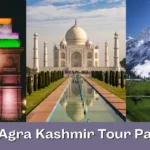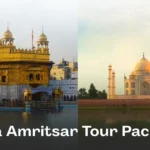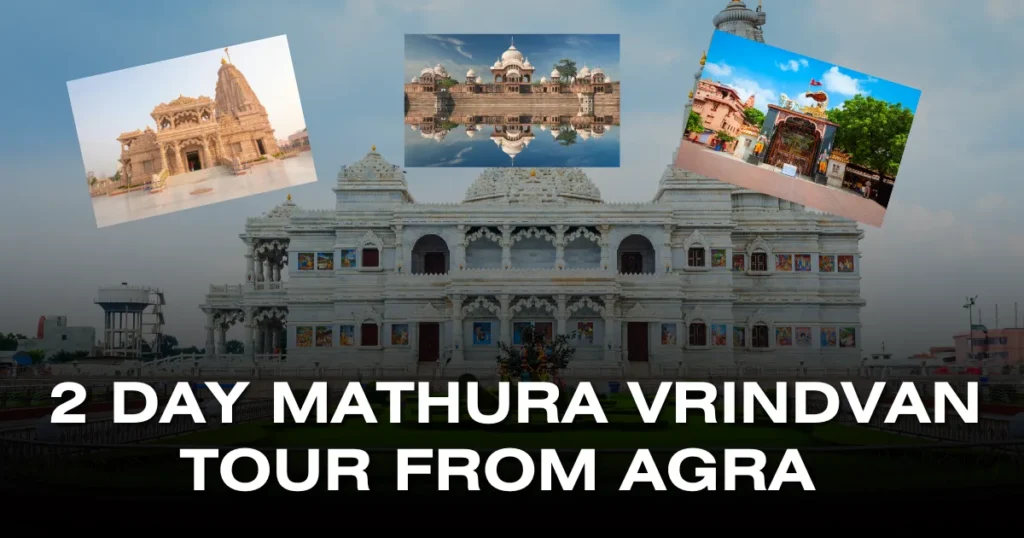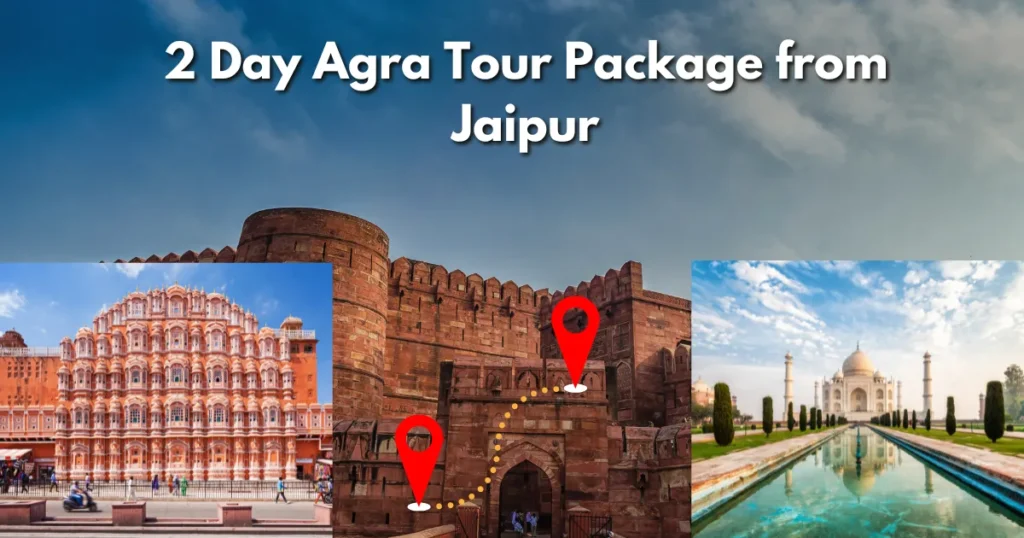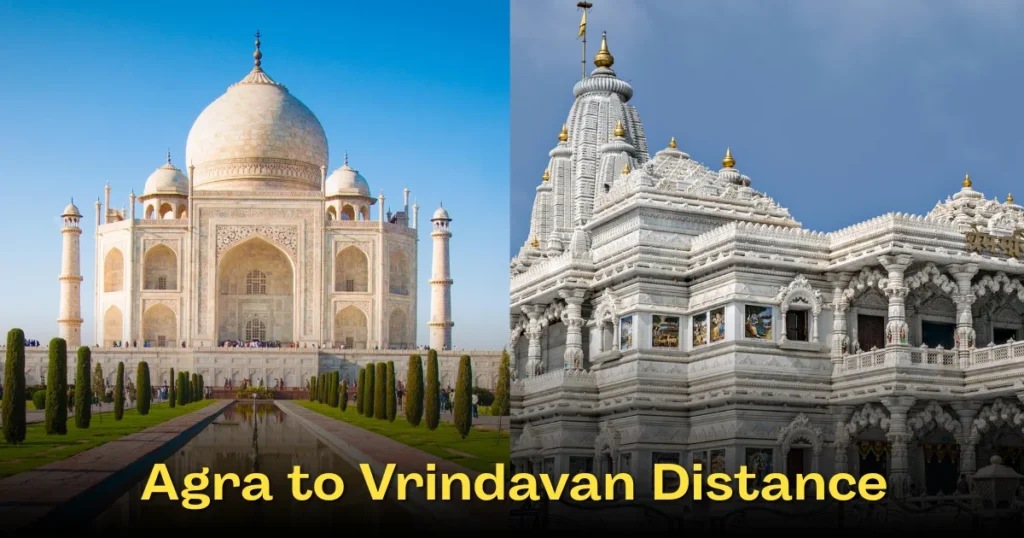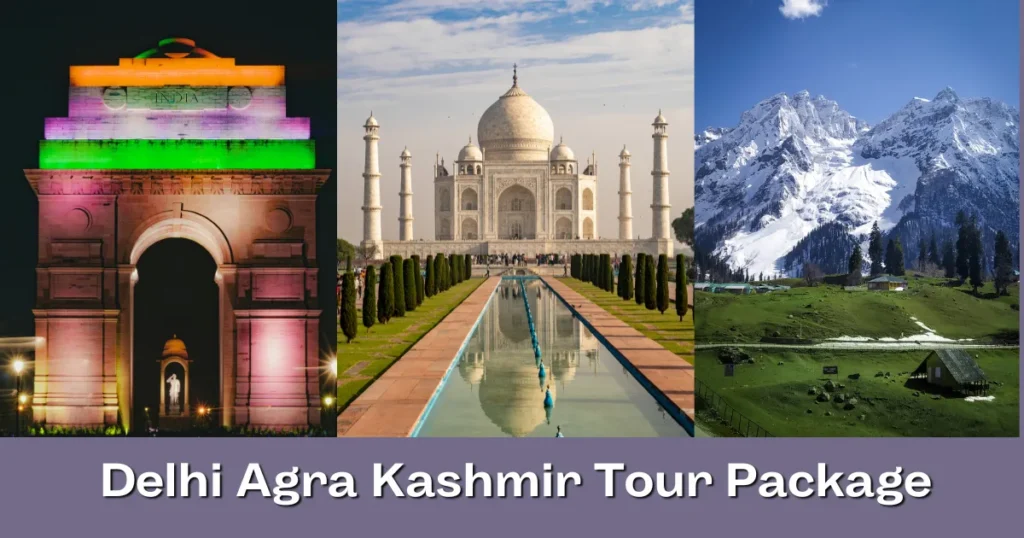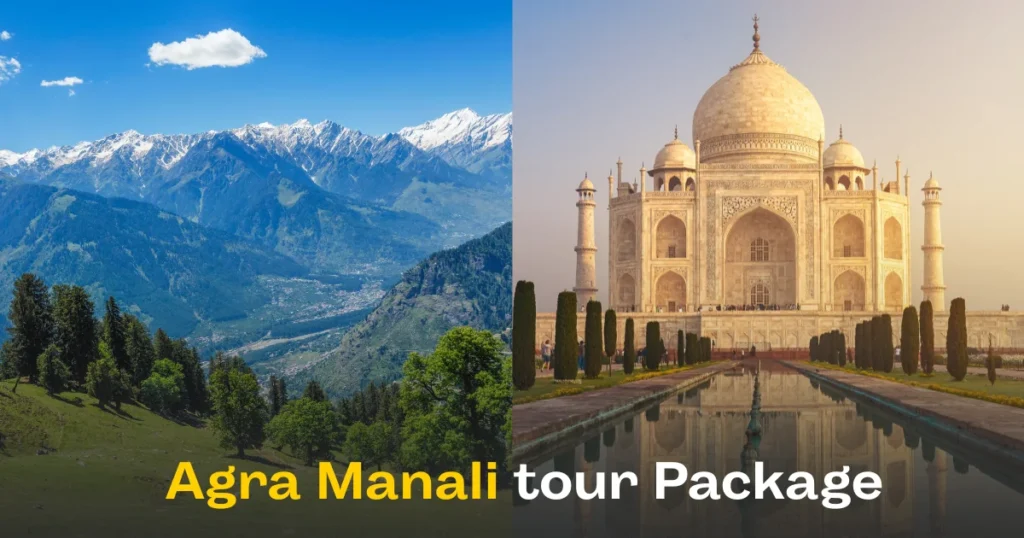The Taj Mahal isn’t just a destination—it’s a story in stone. A story of love, loss, engineering genius, and unparalleled craftsmanship. For centuries, it has drawn poets, travelers, historians, and dreamers to Agra. While most know it as a symbol of eternal love, few are aware of the deep history and architectural wonders behind its creation.
In this blog, brought to you by Agratourism—your trusted travel partner in Agra—we uncover the Top 7 facts of the Taj Mahal that make it not just a global attraction, but a living piece of history worth knowing before you visit.
Table of Contents
Toggle1. The Taj Mahal Was Built with Precision Planning Over 22 Years
While many sources say 20 years, historical research confirms the construction took nearly 22 years—from 1632 to 1653. The project involved:
- Over 20,000 laborers and artisans, recruited from India, Central Asia, and Persia.
- 1,000 elephants used to transport heavy materials.
- White marble sourced from Makrana in Rajasthan.
- Materials from over 28 regions, including jade from China, turquoise from Tibet, and onyx from the Deccan Plateau.
No blueprint of the Taj Mahal has ever found, yet its balance, detail, and strength have lasted nearly four centuries.
2. It’s Not Just a Tomb – It’s an Architectural Blueprint for Heaven
Yes, it’s a mausoleum, but it’s also a physical representation of Jannat (Islamic heaven) on Earth. Mughal architecture followed religious symbolism closely.
- The raised marble platform represents purity.
- The four minarets around the main dome mirror the four corners of paradise.
- The 22 domes on the entrance represent the 22 years it took to complete the project.
- Its perfect symmetry and proportion are meant to mirror the divine balance of the universe.
Once you know this, the Taj becomes more than just a building—it becomes a spiritual space.
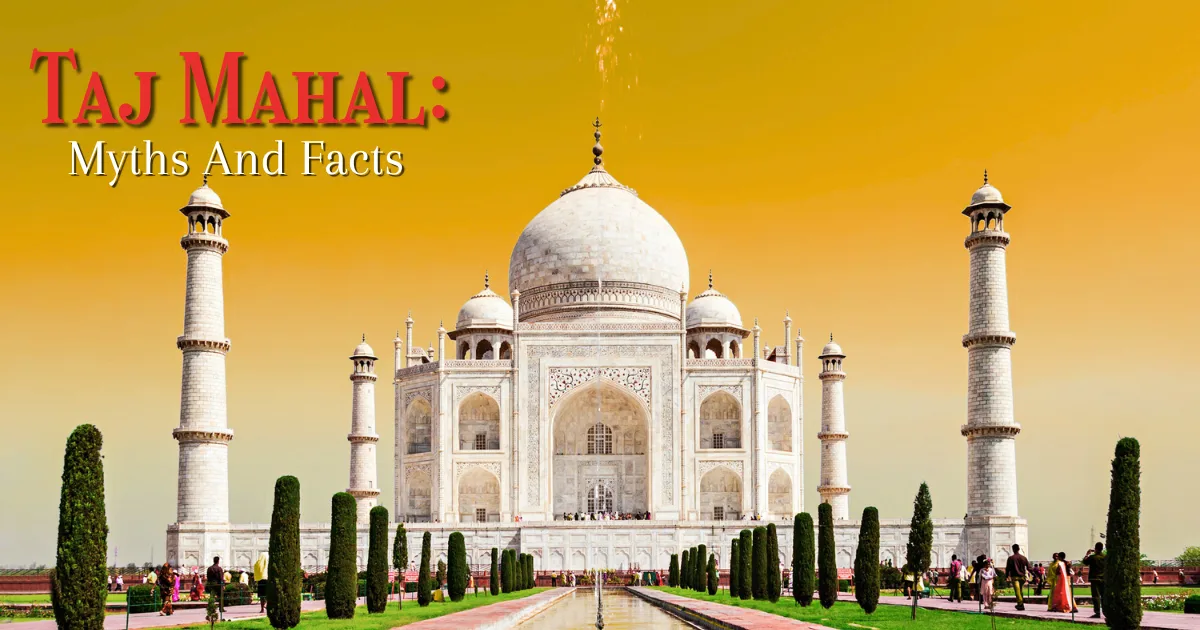
3. It Was Designed to Withstand Time, Earthquakes, and Floods
One of the most fascinating facts about the Taj Mahal is that it was built with earthquake-resistant techniques:
- The four minarets are tilted slightly outward so they would fall away from the main dome in case of collapse.
- The foundation rests on a well system that uses water and timber to absorb seismic shocks.
- The raised plinth protects it from floods, especially being so close to the Yamuna River.
In an era with no modern engineering, this was visionary planning.
4. The Dome Isn’t Solid – It’s an Engineering Masterpiece
The main white marble dome looks massive, but it isn’t solid.
- It’s a double-dome—a dome within a dome—allowing for perfect proportions inside and out.
- This design controls temperature, reduces echo, and enhances the inner acoustics.
- The inner dome sits 80 feet high, while the outer dome reaches 240 feet from ground level.
The echo inside the main chamber had meant to mimic a celestial sound—soft, eternal, and peaceful.
5. The Calligraphy Gets Bigger as You Look Higher
All around the Taj Mahal’s gateways and arches, you’ll see Quranic verses inscribed in elegant black marble inlay. But here’s what most people miss:
- The letters increase in size from bottom to top.
- This was done so the script appears even in size when viewed from ground level.
- The artist behind this work, Amanat Khan Shirazi, was a renowned Persian calligrapher, and the only person allowed to sign his name on the monument.
The more you study the Taj, the more it reveals layers of detail you’d never expect.
6. The Taj Was Once Almost Demolished for Marble
During British rule in the 1830s, the British Governor-General Lord William Bentinck reportedly considered demolishing the Taj Mahal to auction its marble in London.
- The plan was halted due to low market value of the marble in England at the time.
- Many of the decorative stones were already loot from the cenotaphs and garden railings.
- Thankfully, restoration began in the late 19th century under Lord Curzon.
This fact reminds us how close the world came to losing this iconic structure—and how important preservation is today.
7. The Taj Mahal Is Constantly Monitored for Color Change
In recent decades, the Taj’s white marble has started showing yellowish stains due to pollution, acid rain, and insect activity from the Yamuna River.
- The Indian government has declared a no-pollution zone around the Taj.
- No vehicles are allow within 500 meters of the site.
- Air quality sensors constantly monitor the monument’s exposure.
To counter this, a natural clay mask (Multani Mitti) is applied to the marble periodically to cleanse and preserve its glow.
Taj Mahal Visiting Information – 2025 Update
Visiting Hours:
- Open: 6:00 AM to 6:30 PM daily (except Fridays)
- Closed: Every Friday
- Night Viewing: 8:30 PM to 12:30 AM on full moon nights and two nights before and after
Entry Fees:
- Indian Citizens: ₹50
- SAARC/BIMSTEC Countries: ₹540
- Foreign Nationals: ₹1100
- Children Below 15 Years: Free
- Main Mausoleum Access: Additional ₹200
Tickets are available online or at the counter. Booking in advance is highly recommend, especially for sunrise visits.
Places to Visit Near the Taj Mahal
Enhance your Agra trip by exploring nearby gems:
- Agra Fort – 2.5 km away, another UNESCO World Heritage Site
- Mehtab Bagh – Directly across the Yamuna, ideal for sunset views
- Baby Taj (Itimad-ud-Daulah) – A marble marvel and Mughal mini-masterpiece
- Kinari Bazaar – Perfect for shopping and local street food
- Fatehpur Sikri – 35 km from Agra, a former Mughal capital
All these are included in Agratourism, 1-day and 2-day Agra tour packages, tailored to your schedule.
Best Time to Visit the Taj Mahal
- October to March – Cool and comfortable for sightseeing
- February – Visit during Taj Mahotsav, a 10-day cultural festival near the Taj
- April to June – Hot, best for early morning visits
- July to September – Green and fresh, less crowded but with a chance of rain
For photography lovers, sunrise or full moon nights offer magical moments.
Why Choose Agratourism?
We are a locally based travel agency in Agra with over a decade of experience. Here’s how we make your visit stress-free:
- Guided tours with real historical insights
- Comfortable transport with trained local drivers
- Pre-booked tickets, hotel stays, and dining options
- Personal support from arrival to departure
- Custom tour plans for solo, family, and group travele
Conclusion
The Taj Mahal is not just a monument—it’s a miracle of human passion, engineering, and creativity. These Top 7 facts of the Taj Mahal show how much depth lies beyond its beauty. From the symbolism in its design to the science behind its structure, every inch of the Taj tells a story.
At Agratourism, we believe travel should not just be about visiting—it should be about understanding, feeling, and remembering. Let us guide you through the real Agra, with its stories, culture, and unforgettable moments.
If the Taj Mahal is calling you, we’re here to help you answer that call with the perfect travel plan.
FAQs of the Top 7 Interesting Facts about Taj Mahal
- What is the Taj Mahal famous for?
The Taj Mahal is famous for being a symbol of eternal love and one of the world’s most beautiful monuments. - Who built the Taj Mahal and why?
It was built by Mughal Emperor Shah Jahan in memory of his wife Mumtaz Mahal. - How long did it take to build the Taj Mahal?
It took about 22 years to complete, from 1632 to 1653. - What are the visiting hours for the Taj Mahal?
It is open from 6:00 AM to 6:30 PM daily, except Fridays. Night viewing is allowed on full moon nights. - What is the entry fee for the Taj Mahal?
₹50 for Indians, ₹1100 for foreigners, and free for children below 15 years. ₹200 extra for mausoleum access. - Why are the minarets of the Taj Mahal tilted?
They are design to tilt slightly outward to protect the main tomb in case of collapse. - Is the Taj Mahal symmetrical?
Yes, almost perfectly symmetrical—except for Shah Jahan’s tomb add later. - Can I visit the Taj Mahal at night?
Yes, on full moon night and two days before and after, between 8:30 PM and 12:30 AM. - What else can I see near the Taj Mahal?
You can visit Agra Fort, Mehtab Bagh, Baby Taj, and explore local markets like Kinari Bazaar. - How do I book a tour to the Taj Mahal?
You can book same-day or 2-day guided packages at https://agratourism.co.in or contact Agratourism directly.


